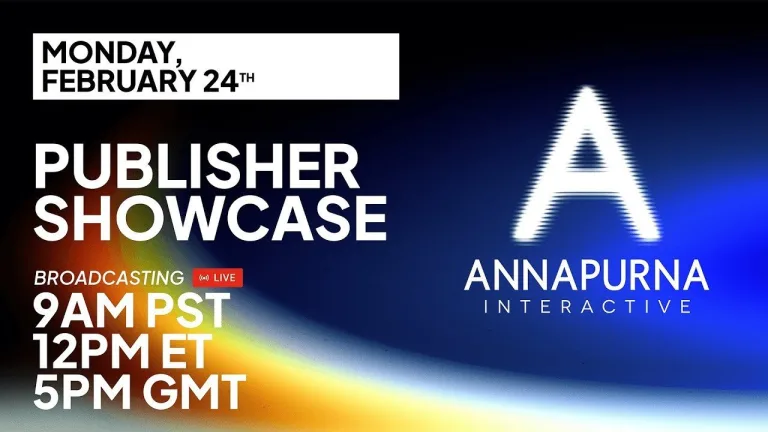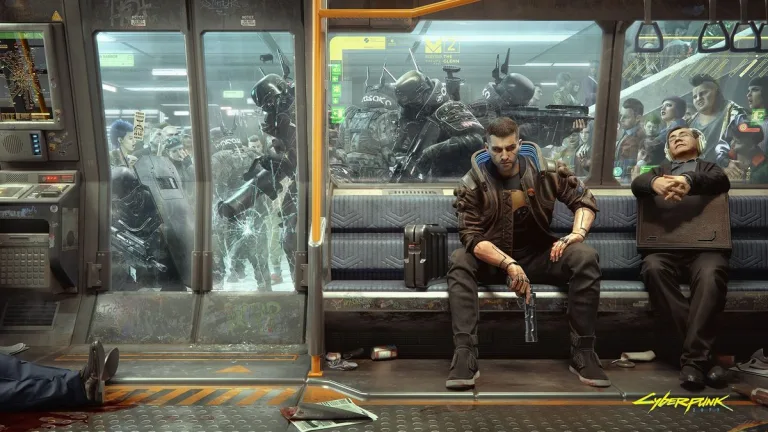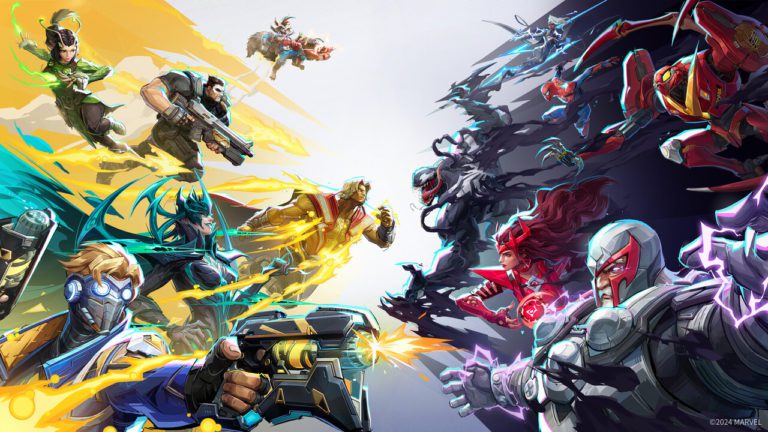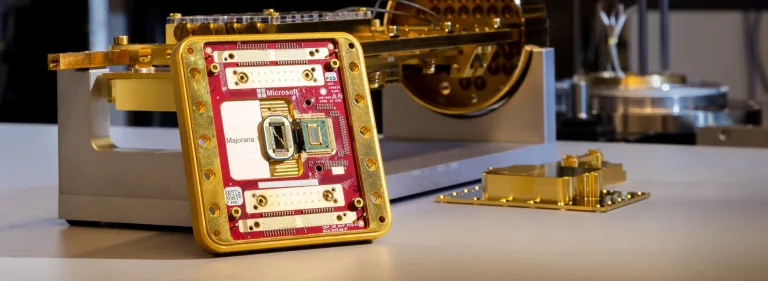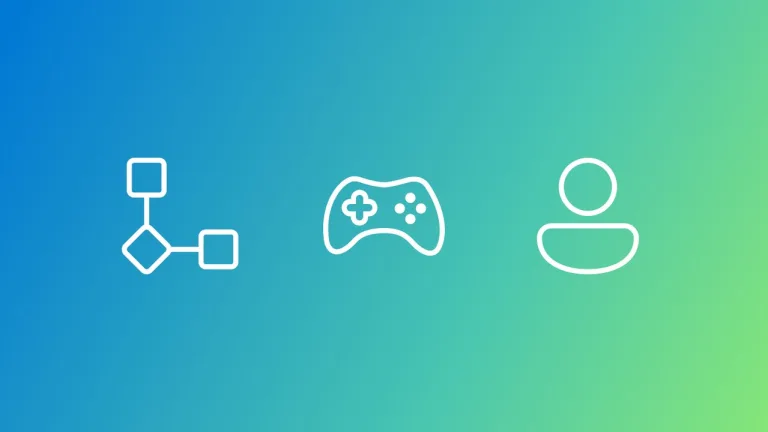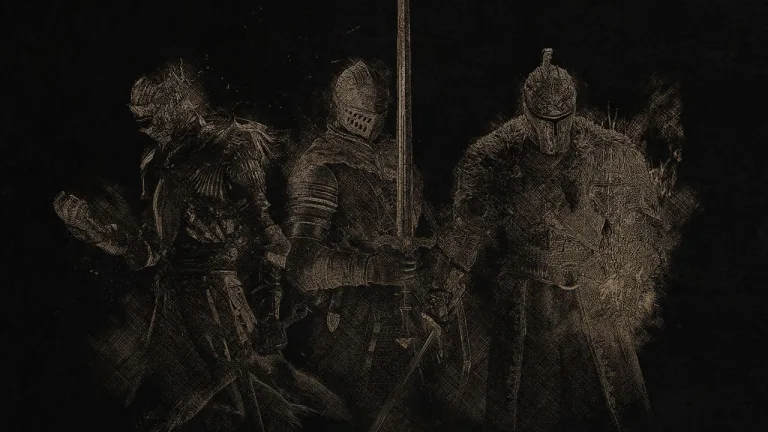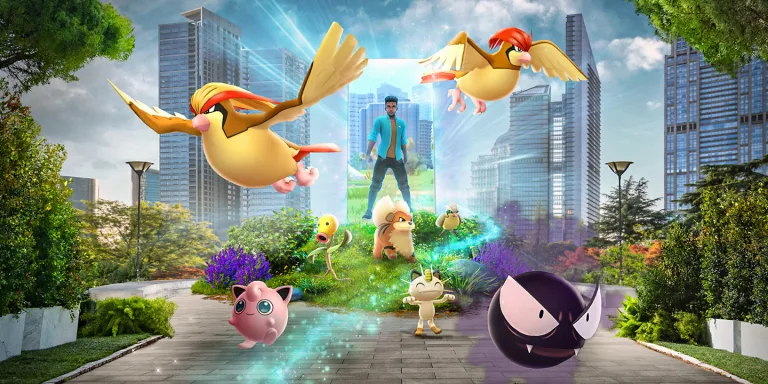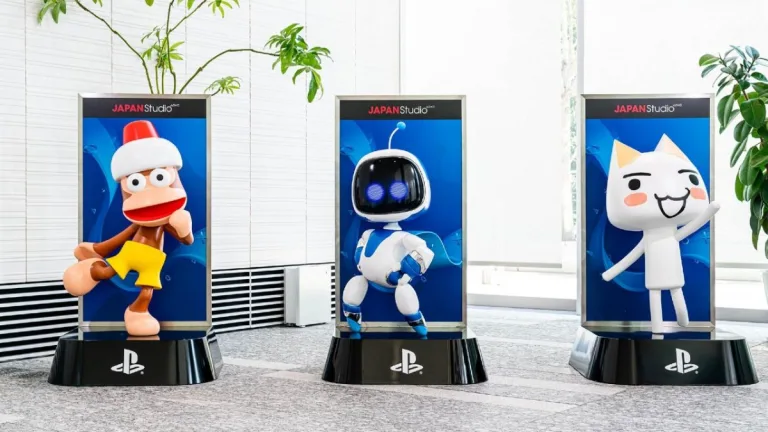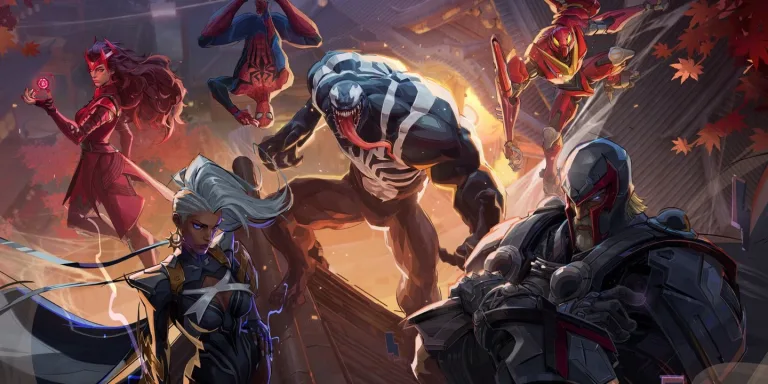The Annapurna Interactive Showcase 2025 was a highly anticipated event, especially after the tumultuous year the company...
Industry
Cyberpunk 2077, developed by CD Projekt Red, has been a topic of much discussion since its rocky...
In a surprising turn of events, NetEase Games has recently laid off the entire US-based development team...
Microsoft recently unveiled its groundbreaking quantum processor, Majorana 1, which is set to transform the computing world....
Microsoft has recently unveiled an exciting new development in the gaming world: Xbox Muse, a generative AI...
In the world of video games, few stories are as intriguing as the relationship between FromSoftware and...
Niantic, the developer behind the global phenomenon Pokémon Go, is reportedly exploring the sale of its gaming...
In a recent interview on the Sacred Symbols PlayStation Podcast, former PlayStation boss Shuhei Yoshida shed light...
In a surprising turn of events, NetEase Games has recently laid off the entire US-based development team...
In a recent interview with XboxEra, Phil Spencer, the head of Xbox, made some groundbreaking announcements that...


